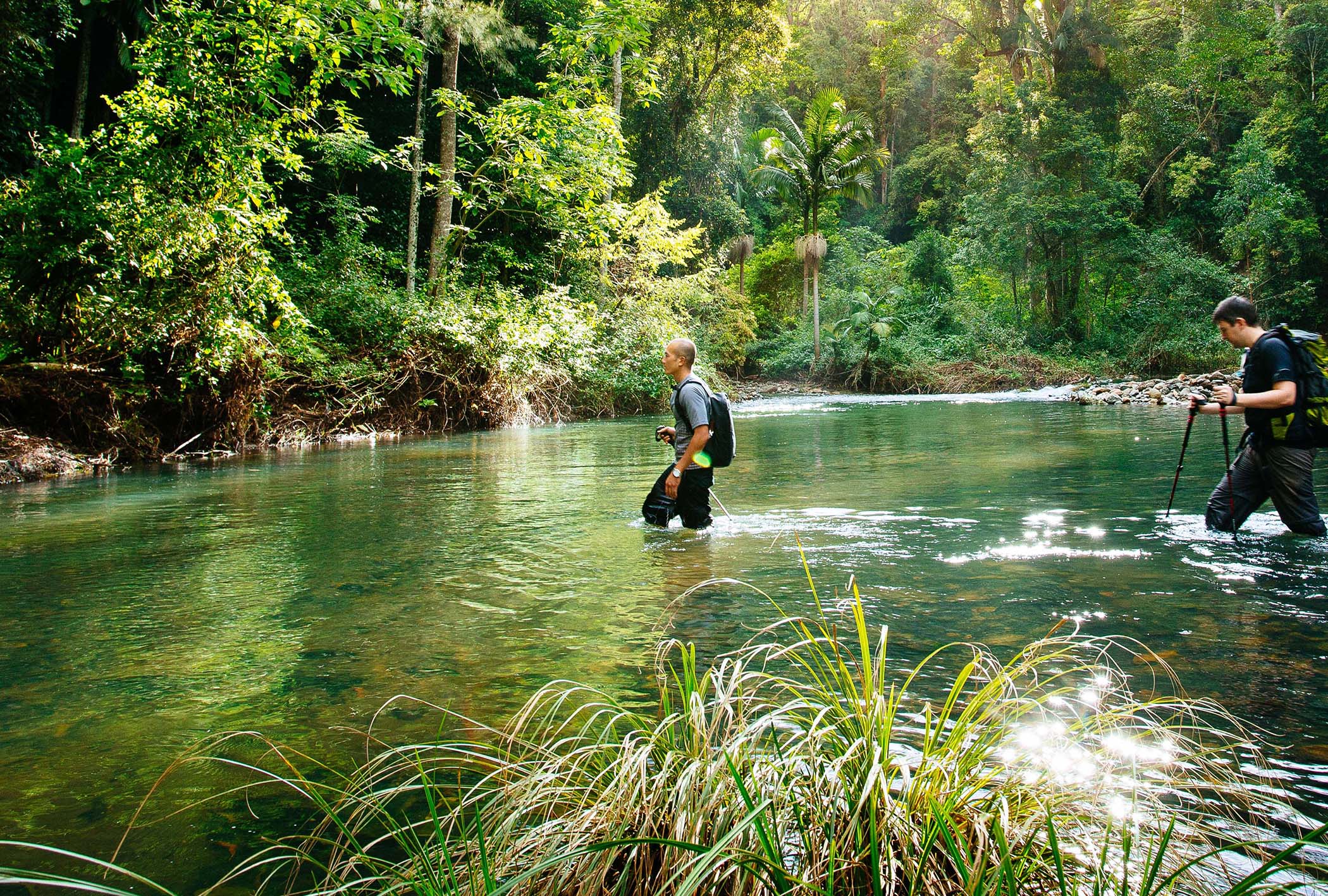
Indigenous Protected Areas
Now 81 IPAs nationally
Posted on 24.10.2022
Nantawarrina, the first Indigenous Protected Area (IPA) in Australia was declared in 1998, on the Adnyamathanha lands (SA), since that time IPAs have grown due to demand from traditional owners across the country.
In October 2022 there are now 81 IPAs nationally, protecting over 85 million hectares of land and over 5 million hectares of sea. IPAs make up around 50% of the National Reserve System and in some cases can be declared across adjoining non-Indigenous held tenure (ie crown lands), and other reserves with the agreement of the landowners. IPAs are voluntary agreements and not legislatively based, so they do not impact on native title or other legal rights. The forming of an IPA happens only after a process of comprehensive consultation, planning and decision making which is initiated and led by the Traditional Owners of that area.
What is unique to Indigenous Protected Areas is that the protection is not limited to just the ecological protection of land and sea, but the cultural values too, recognising the importance of Aboriginal and Torres Strait Islander’s embedded cultural values in Country, and that for Indigenous peoples, culture is part of Country and cannot be separated. In addition, unlike a national park which is managed wholly or partly by the government, IPAs are managed by Traditional Owners.
IPAs have a vast range of benefits including providing environmental outcomes such as the management of flora, fauna, water sources and dealing with threats such as altered fire regimes, invasive species and weeds and the impact of visitors. Plus, there are the social, cultural, and economic benefits for Traditional Owners and the wider community through employment opportunities; increased pride, confidence and skills; and greater opportunity to connect with Country and support intergenerational transfer of knowledge.
The growth of IPAs over the last 24 years is a reflection of the great leadership of Aboriginal and Torres Strait Islander people and is seen as a world leading model. Wildlife is being brought back from the brink of extinction on land and sea country, intact land and sea country is maintained, partnerships are facilitated between traditional owners, government agencies, NFPs, research institutes and scientists, young Indigenous people are thriving in their classroom on Country and Traditional Owners are at the helm.
Only 9% of Queensland is protected under the national reserve system and only 1% of Queensland are Indigenous Protected Areas. Most of the IPAs in Queensland are located in Far North Queensland, the Torres Strait, and in the Gulf of Carpentaria – Angkum (Stage 1), Eastern Kuku Yalanji, Girringun, Kaanju Ngaachi (Wenlock and Pascoe Rivers), Mandingalbay Yidinji, Nijinda Durlga, Pulu, Olkola, Thuwathu/Bujimulla, Warraberalgal and Porumalgal, and Warul Kawa Island. Except for Guanaba, the closest IPA to Brisbane, which is home to the Kombumerri people; and Jamba Dhandan Duringala, southwest QLD on the traditional lands of the Kooma people.
With the recent release of the State of the Environment Report setting out some stark warnings about our shared environment, it’s never been more urgent to support Traditional Owners working to care for Country and Culture, and this is what Indigenous Protected Areas are all about.
Source
National Parks Association of Queensland
Have a story to tell or news to share?
Let us know by Submitting a News Story







